
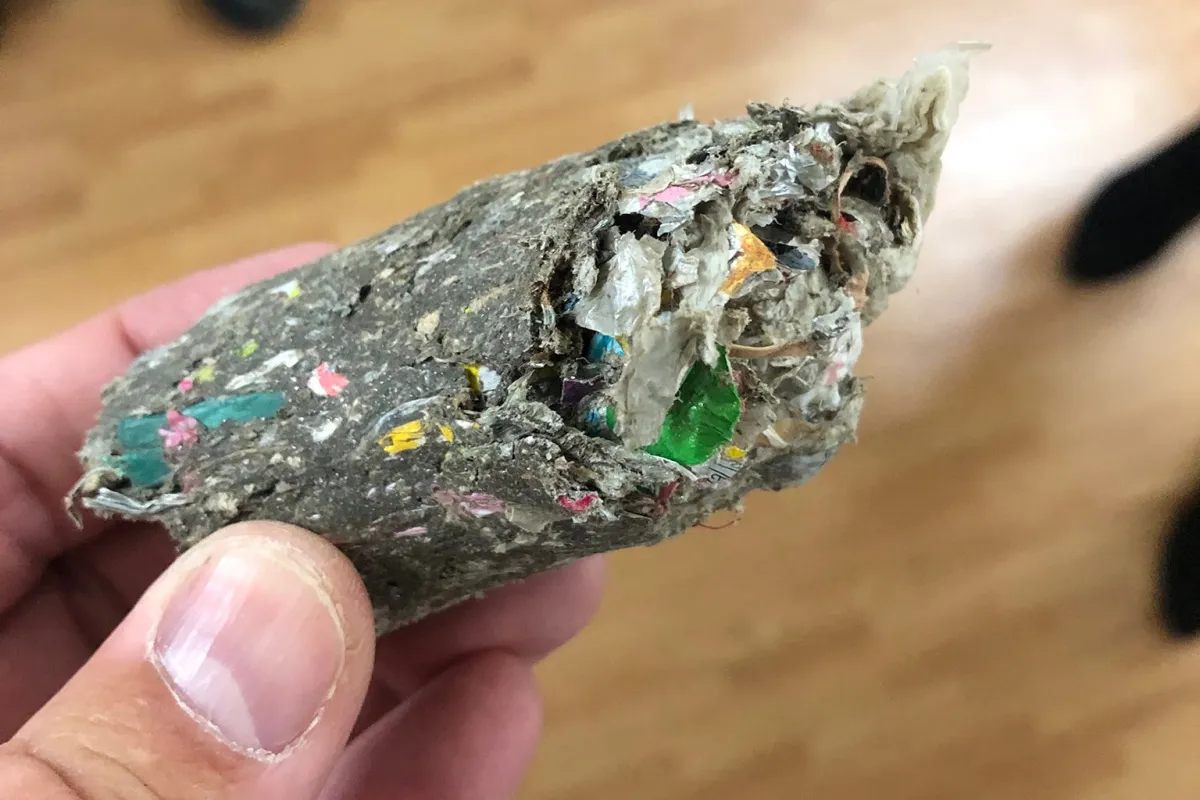
ADP Innovates with Sustainable Energy from Used Sublimation Transfer Paper
ADP's Breakthrough in Textile Sustainability
In a remarkable feat for the apparel print industry, ADP (Artistic Design Prints) has partnered with Ishizaka Industries and the Saitama Industrial Promotion Corporation to tackle the significant waste problem posed by used sublimation transfer paper. This innovative collaboration marks the first instance in the industry where such paper is converted into RPF (Refuse Derived Paper and Plastics Densified Fuel), showcasing a commitment to sustainability and a circular economy.
Understanding RPF
RPF stands for Refuse Derived Paper and Plastics Densified Fuel, and it serves as a solid fuel mainly derived from industrial waste, particularly difficult-to-recycle materials like used paper and plastics. The RPF produced by Ishizaka Industries is noted for its stability and low impurity levels, eliminating the risks of dioxin release and boiler corrosion, which can arise from chlorine gas. Its high thermal efficiency makes it a perfect alternative to fossil fuels like coal and is increasingly being adopted by large paper manufacturers as a renewable energy source.
The Challenges of Sublimation Transfer Printing
Sublimation transfer printing is widely popular for creating vibrant designs on sports uniforms and apparel. This method involves printing on special sublimation paper using inkjet technology and then applying heat and pressure to dye polyester fibers. Unfortunately, the used sublimation transfer paper cannot be recycled into usable paper products due to residual ink, presenting a significant challenge for recycling facilities. For instance, if one A4 sheet of used sublimation paper accidentally enters the recycling stream, it can lead to a loss of approximately 100 tons of recyclable material. Previously, paper mills have had to deal with large amounts of waste paper due to this unresolved issue, highlighting the pressing need for better solutions.
A Collaborative Solution
To address this issue, ADP, in consultation with the Saitama Industrial Promotion Corporation, collaborated with Ishizaka Industries—a company specializing in turning industrial waste into renewable energy. Instead of simply incinerating the used sublimation transfer paper, they have developed a method to convert it into RPF, which can be utilized as renewable energy in manufacturing processes. This innovative approach not only mitigates waste but also promotes a circular economy in the apparel print industry, furthering the goal of sustainability.
The partnership highlights a significant step towards creating a more environmentally friendly industry, ensuring that even materials that are typically deemed waste can contribute positively to energy production. As sustainability becomes increasingly critical in various sectors, ADP’s pioneering efforts in recycling used sublimation transfer paper serve as a model that other companies could adopt in their quest for eco-friendliness.
For further inquiries, ADP can be reached at:
- - Phone: 03-6456-1691
- - Fax: 03-6456-1692
- - Email: [email protected]
- - Contact Form: ADP Contact Form
Through this initiative, ADP not only stands as a leader in the apparel print industry but also as a beacon of innovation for sustainable practices, driving the movement toward a more responsible and environmentally aware future.
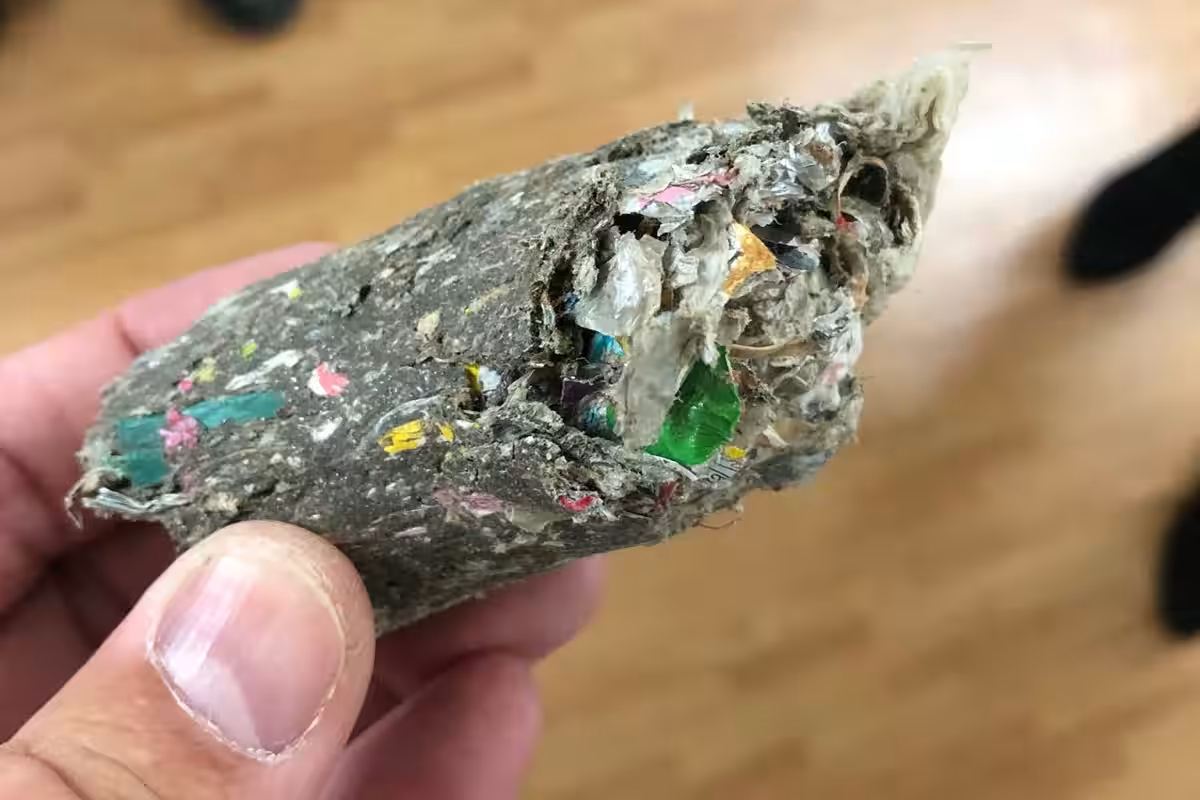

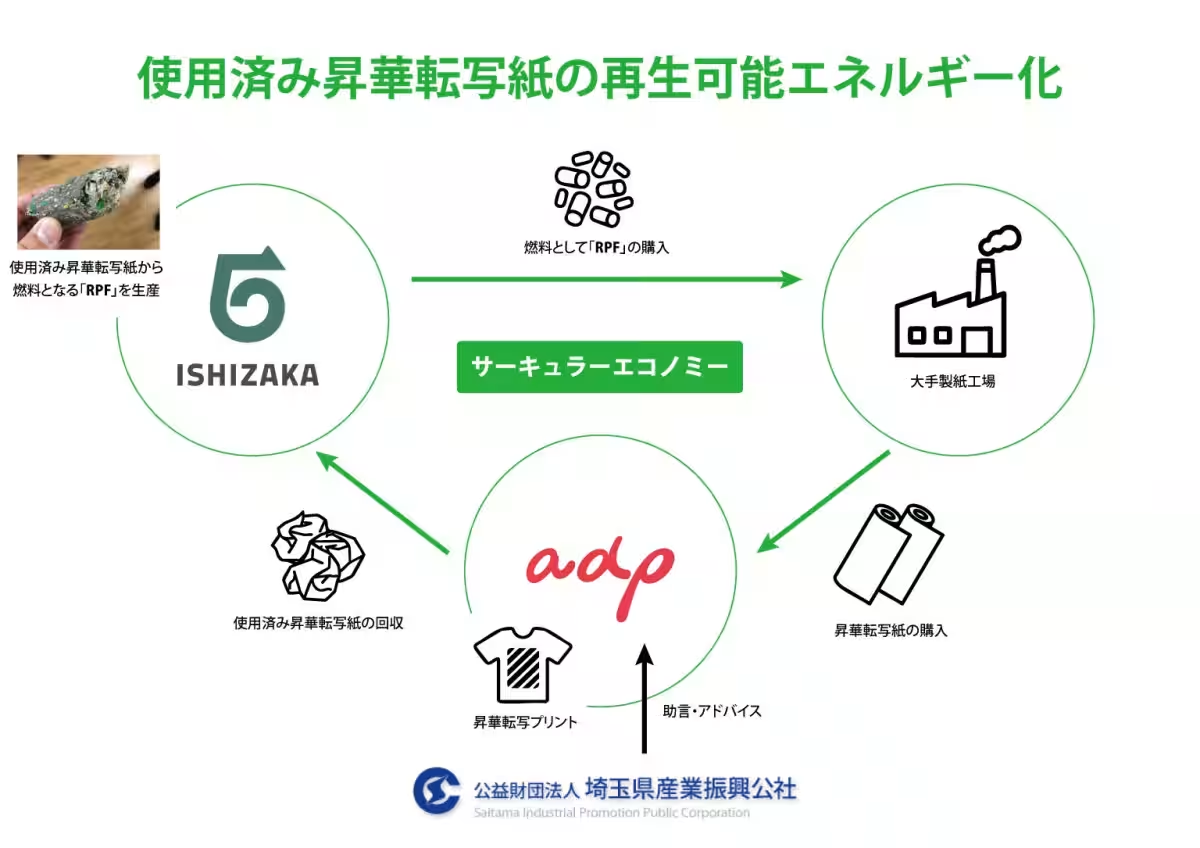
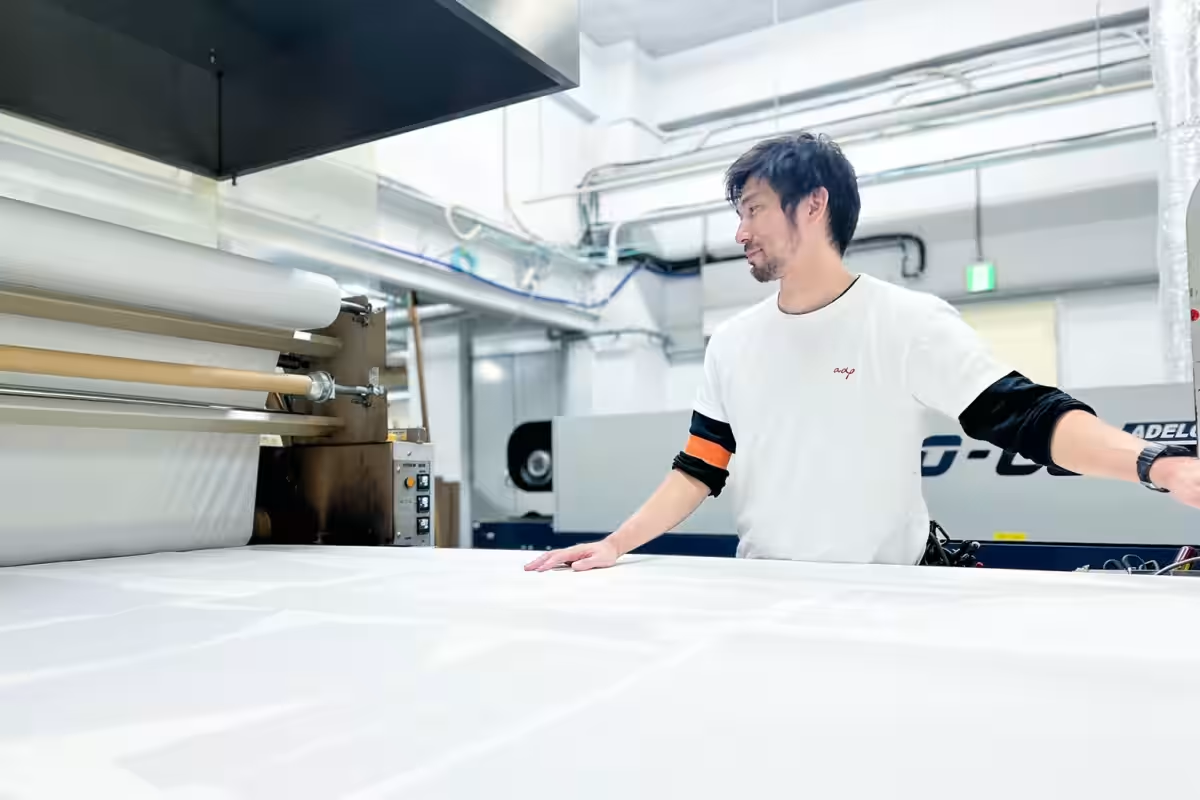
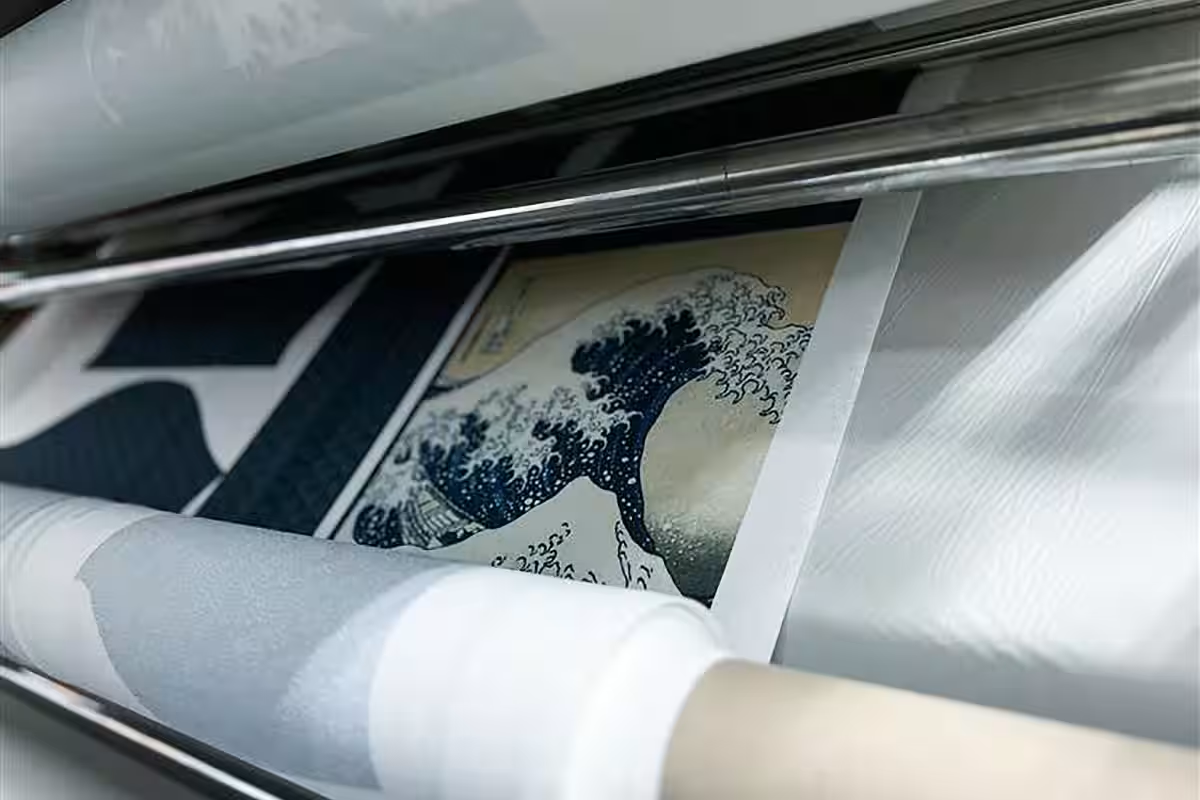
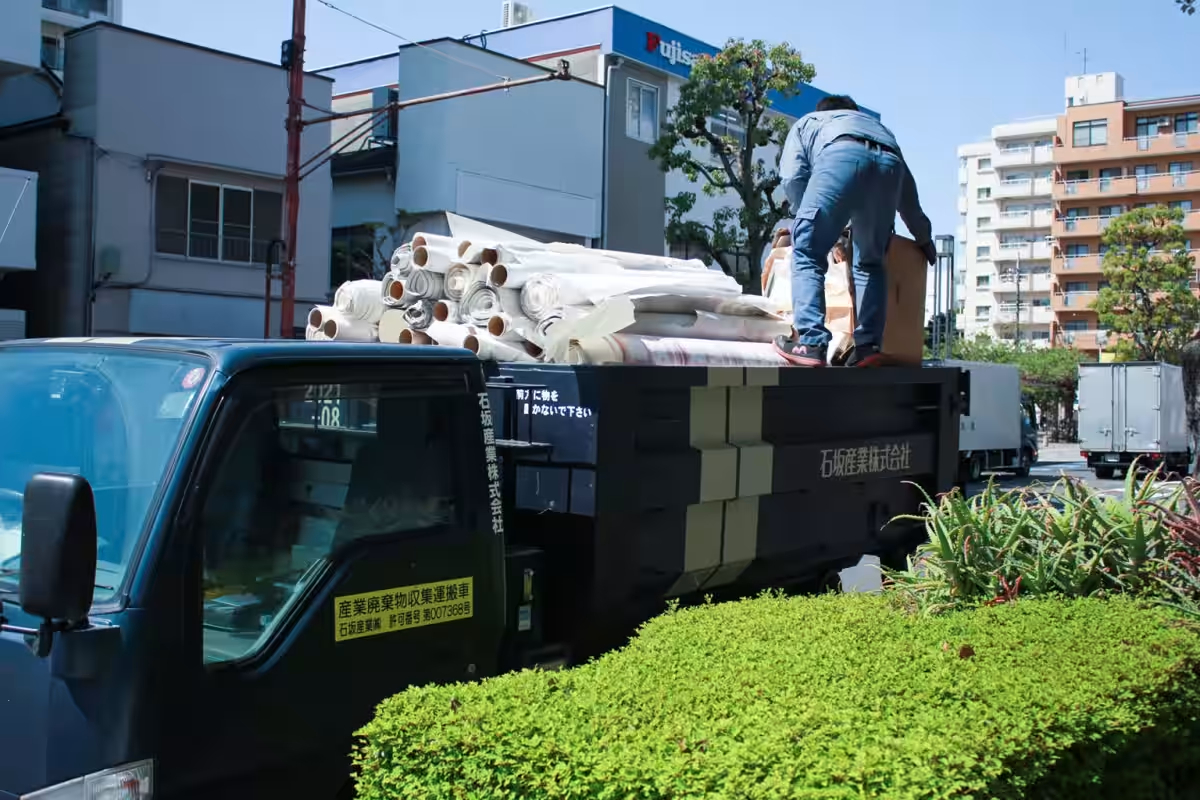
Topics Consumer Products & Retail)










【About Using Articles】
You can freely use the title and article content by linking to the page where the article is posted.
※ Images cannot be used.
【About Links】
Links are free to use.